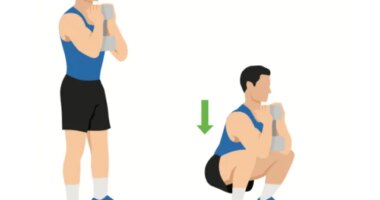An analysis of online posts to Reddit show that many people who self-harm exhibit similar patterns towards the behavior that those addicted to substances like drugs and alcohol do.
Researchers at the National Institute on Drug Abuse (NIDA), a part of the National Institutes of Health (NIH), trawled the subreddit r/SelfHarm to analyze posts from users that frequent the board.
They used published indicators of substance abuse to analyze the users’ posts and compared them to that of how a person who is struggling with drug addiction or alcoholism may speak.
Self-harm, and the general mindset that surrounds it and pushes someone towards the acts, may be much more similar to drug addiction than experts may believe, researchers found.


An NIH research team analyzed posts to a Reddit forum dedicated to talking about self-harm. They found that many self-harmers speak about the actions similar to the way a drug addict talks about substance abuse (file photo)
‘In recent years, social media has served as a window into subjective experiences of stigmatized populations on a large scale and can provide insight into the daily language used among people when they’re within a relative safe space with others who share similar experiences,’ Dr Brenda Curtis senior author on the study and chief of NIDA’s Technology and Translational Research Unit, said in a statement.
‘Our findings here suggest that addiction language may feel familiar and comfortable for patients who self-harm. We must listen and learn from these lived experiences.’
Researchers, who published their findings Monday in the Journal of Behavioral Addictions, analyzed nearly 70,000 posts and 290,000 comments from 38,000 users of the subreddit.
The forum, which has more than 93,000 subscribers, describes itself as a ‘subreddit for self-harmers to relate to each other, ask questions, and build up a community.’
The NIH researchers reference the Diagnostic and Statistical Manual of Mental Disorders (DSM-5) for the study, a handbook published by the American Psychiatric Association that provides medical professionals with guidelines on how to recognize, diagnose and treat certain mental disorders.
These disorders include addictions to things like drugs and alcohol.
Researchers identified behaviors, terms used in speech and writing and other factors frequent among people who abuse substances in posters on the board, as if self-harm in itself is a drug.
READ RELATED: COVID Surge In Southeast Asia: Centre Asks States To Restart Monitoring Influenza-Like Illness And SARI Cases
Symptoms of addiction analyzed included people describing ‘urges’ or ‘cravings’ to self-harm, describing ‘tolerance’, withdrawals, and how self-harm could affect their ability to complete obligations in life or give up on recreational activities.
More than two thirds of users analyzed had, at some point, described urges or cravings to self-harm, and nearly half described having an increasing tolerance to the harm.
Much of the terminology used by these members matches those used by addicts as well, including frequently used terms like ‘clean’, ‘relapse’, ‘streak’, ‘recovery’ and some who flat out describe themselves as an ‘addict’.
While researchers can not say for sure whether self-harm should be classified similarly to drug addiction in the future, they believe they have opened the door for further explanation into the topic.


The NIH reports that 17 percent of adolescents and 13 percent of young adults will self harm at some point, usually caused by depression or anxiety (file photo)
‘Non-suicidal self-injury is often private and hidden, and like substance use disorders, is highly stigmatized and can lead to significant harm if left undiagnosed and untreated,’ Dr Nora Volkow, director of NIDA, said in a statement.
‘Though this study alone does not demonstrate that self-injury can necessarily be classified as an addiction, learning more about the addictive-like behaviors of self-harm will be crucial to improve our understanding and treatment of this condition.’
The NIH reports that 17 percent of adolescents, 13 percent of young adults and six percent of adults report self-harming at some point in there life.
While self-harm can manifest in many different ways, cutting – when a person uses a blade to make small cuts over their body, usually along the wrist – is the most synonymous with it, especially among younger age groups.
It can also include choking oneself, pulling out hair, purposely inflicting head trauma on oneself or taking part in extremely risky behavior.
Self-harm is generally a sign of severe anxiety or depression among other psychiatric illnesses.
Source:









